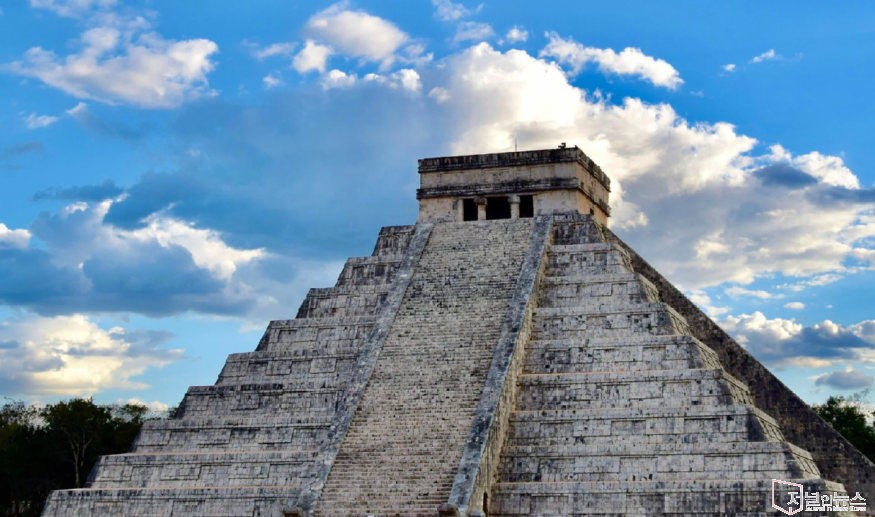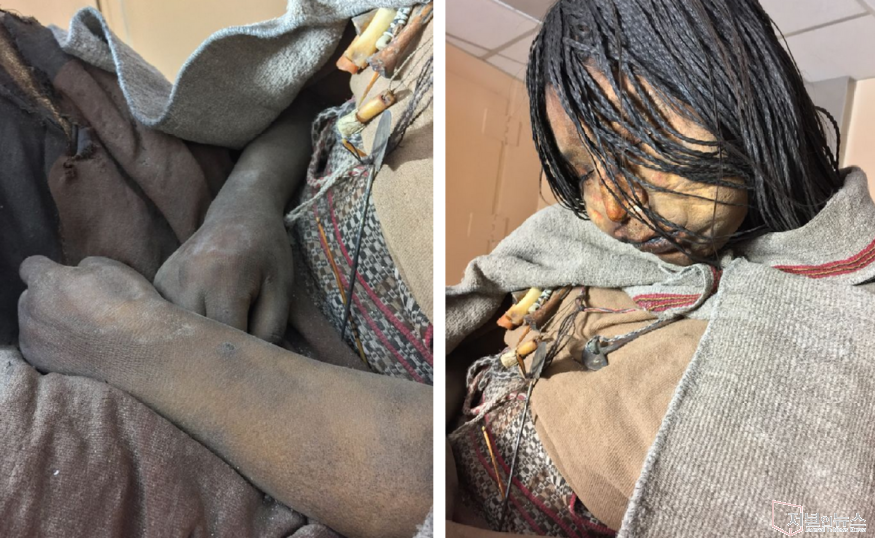Unveiling the Secrets of Mayan Sacrifice: DNA Analysis Reveals Unexpected Victims
Modern Science Sheds Light on Ancient Rituals, Uncovering the Truth Behind Sacrificial Twins in Mayan Culture
In nearly every part of the world, Homo sapiens have engaged in human sacrifice over the past five millennia, often targeting women in fertility rites or interring them with powerful men. However, modern scientific advancements, particularly DNA analysis, are now challenging long-held assumptions about the identity of sacrificial victims, especially regarding the ancient Maya of Central America.
A groundbreaking study published in the journal *Nature* in June reveals that between 900 and 1,400 years ago, the Maya frequently sacrificed boys, often twins or closely related, rather than women. This discovery is based on the DNA analysis of 64 children found in an underground reservoir at Chichén Itzá, a prominent city on Mexico's Yucatán Peninsula. For the ancient Maya, sacrifice was seen as an honor, and these boys, most aged between 3 and 6, were likely voluntarily given up by their families.
The tradition of twin sacrifice in Maya culture might stem from their mythology. According to their legends, the "Twin Heroes" ventured into the underworld to avenge their father, who was also a twin, killed by the underworld rulers. The ritual sacrifice of male children likely served to honor this mythological narrative. Although such practices seem barbaric today, for the cultures that performed them, human sacrifice was a way to manage the uncertainties of their world.

The research revealed that the sacrificed children were not only male but also pairs of identical twins, as shown by the identical genomes in their bones. DNA analysis also demonstrated a genetic continuity between these ancient boys and the modern Maya of the region, indicating that the sacrificed children were chosen from within the local community.
Ritual sacrifices in ancient cultures generally fell into two categories. The first involved "service sacrifice," where servants or wives were killed to accompany a deceased elite member to the afterlife. This practice was prevalent in ancient civilizations such as the African Dahomi kingdom, the Shang Dynasty in China, and early dynastic Egypt. For instance, Pharaoh Itti of Egypt's first dynasty had over 500 sacrificial servants interred around his tomb.
The second category involved sacrificing captives or community members to appease gods or ancestors, a practice seen in various cultures, including the Aztecs, who performed heart extractions atop pyramids as a form of "debt repayment" to their gods. Similarly, ancient Carthaginians sacrificed infants and buried their ashes in seaside cemeteries to ensure safe sea voyages, while the Incas sacrificed children during times of crisis to placate the gods, with some bodies mummified due to the cold Andean conditions.
Determining the motives behind these sacrifices or distinguishing them from executions remains challenging for scientists. Grave contents, such as grave goods or body positioning, can offer clues, but genetic analysis is now providing deeper insights into these ancient practices. By analyzing DNA, anthropologists can uncover details about a person's origins, diet, health, and gender, which was pivotal in identifying the Mayan boys.

The discovery that these children were male and the presence of identical genomes suggest deliberate selection and preparation for sacrifice. Radiocarbon dating indicated that the sacrifices occurred over time, pointing to cyclical ritual ceremonies. Isotopic analysis showed similar diets among the boys, further supporting the idea that they were raised together for this purpose.
“This is an exciting time to be involved in archaeology,” says Nawa Sugiyama, an anthropologist at the University of California. “The level of detail with which we’re able to reconstruct these rituals has really elevated our ability to connect with these ancient communities and understand their practices.”
